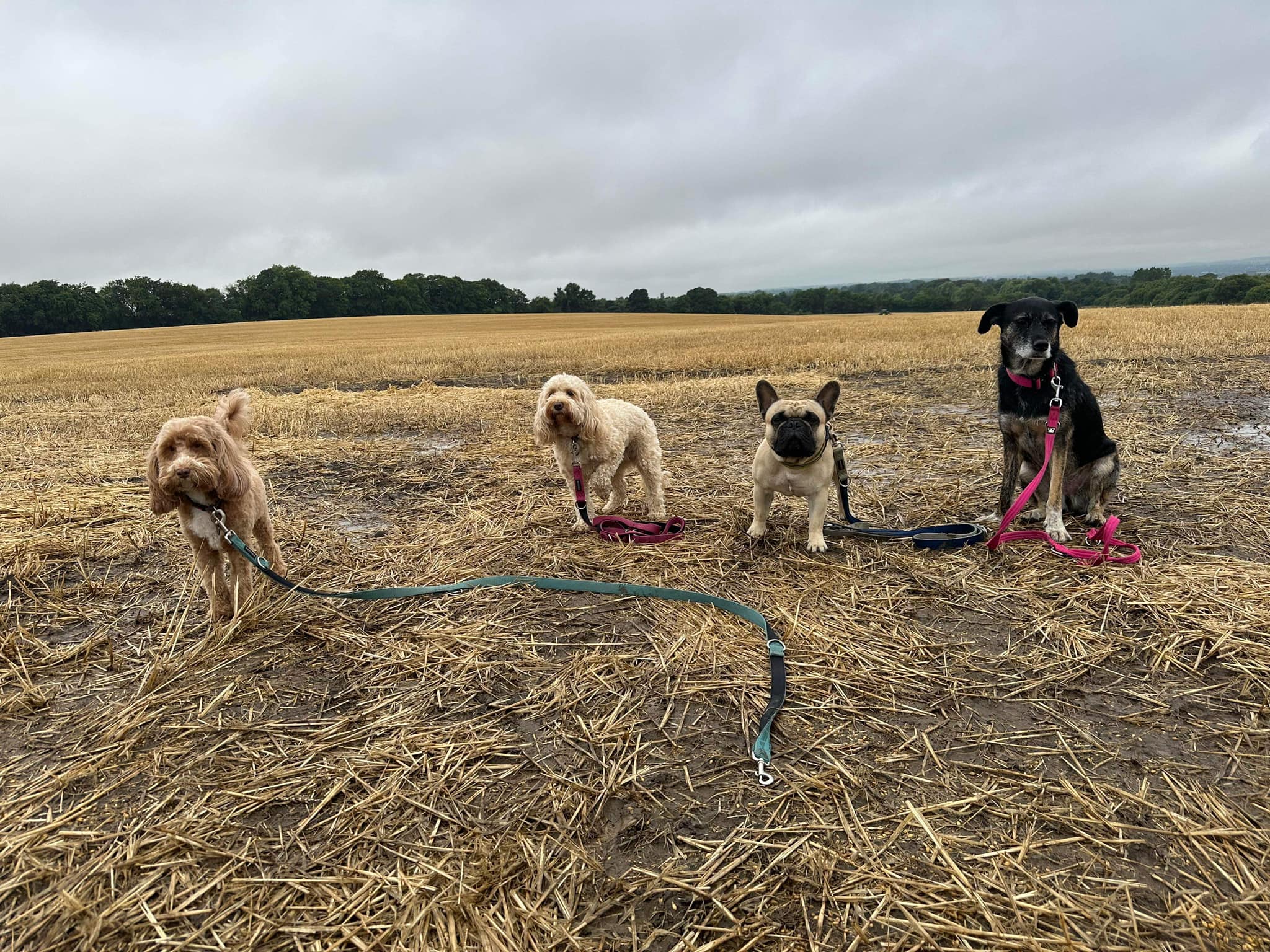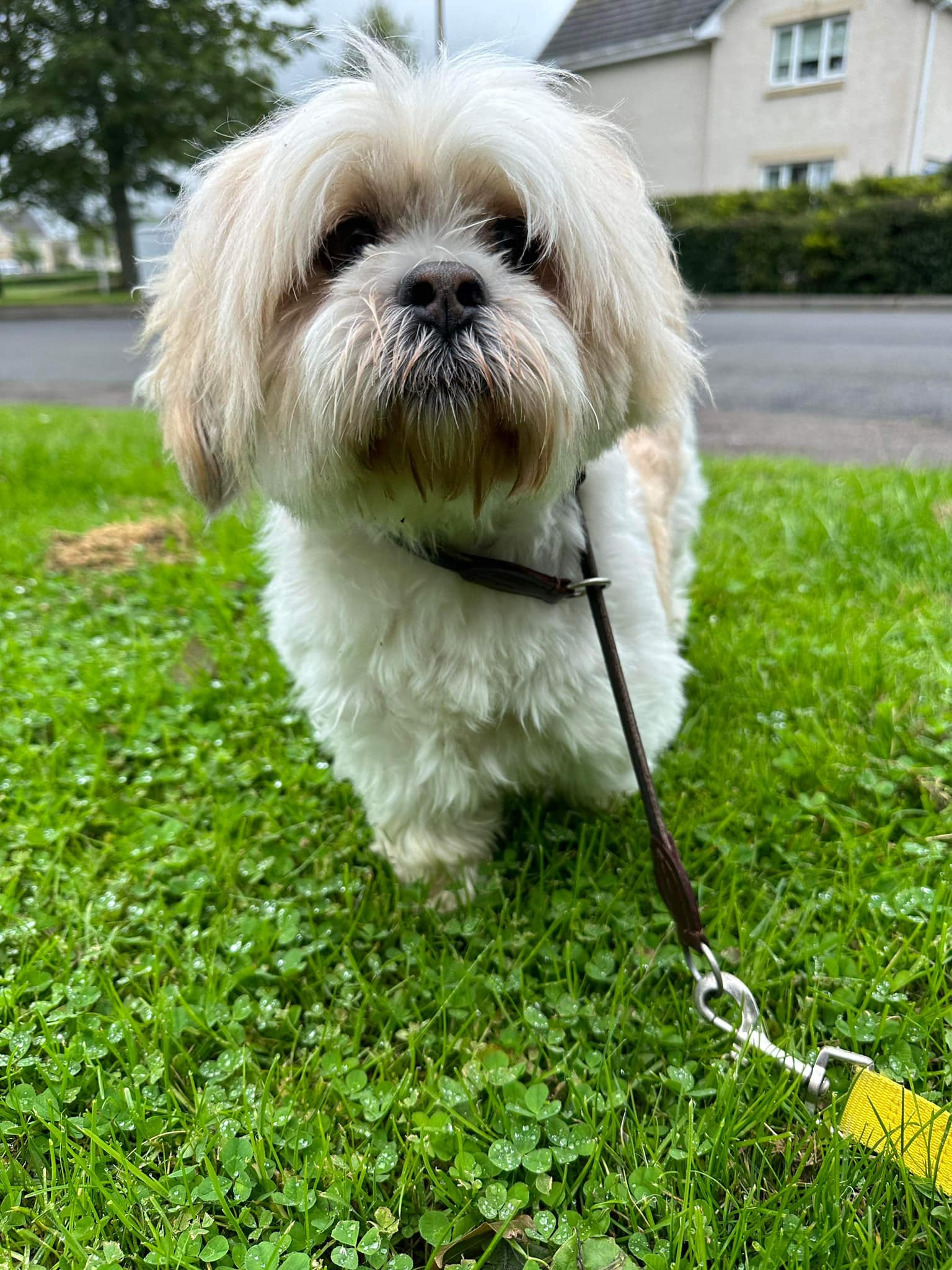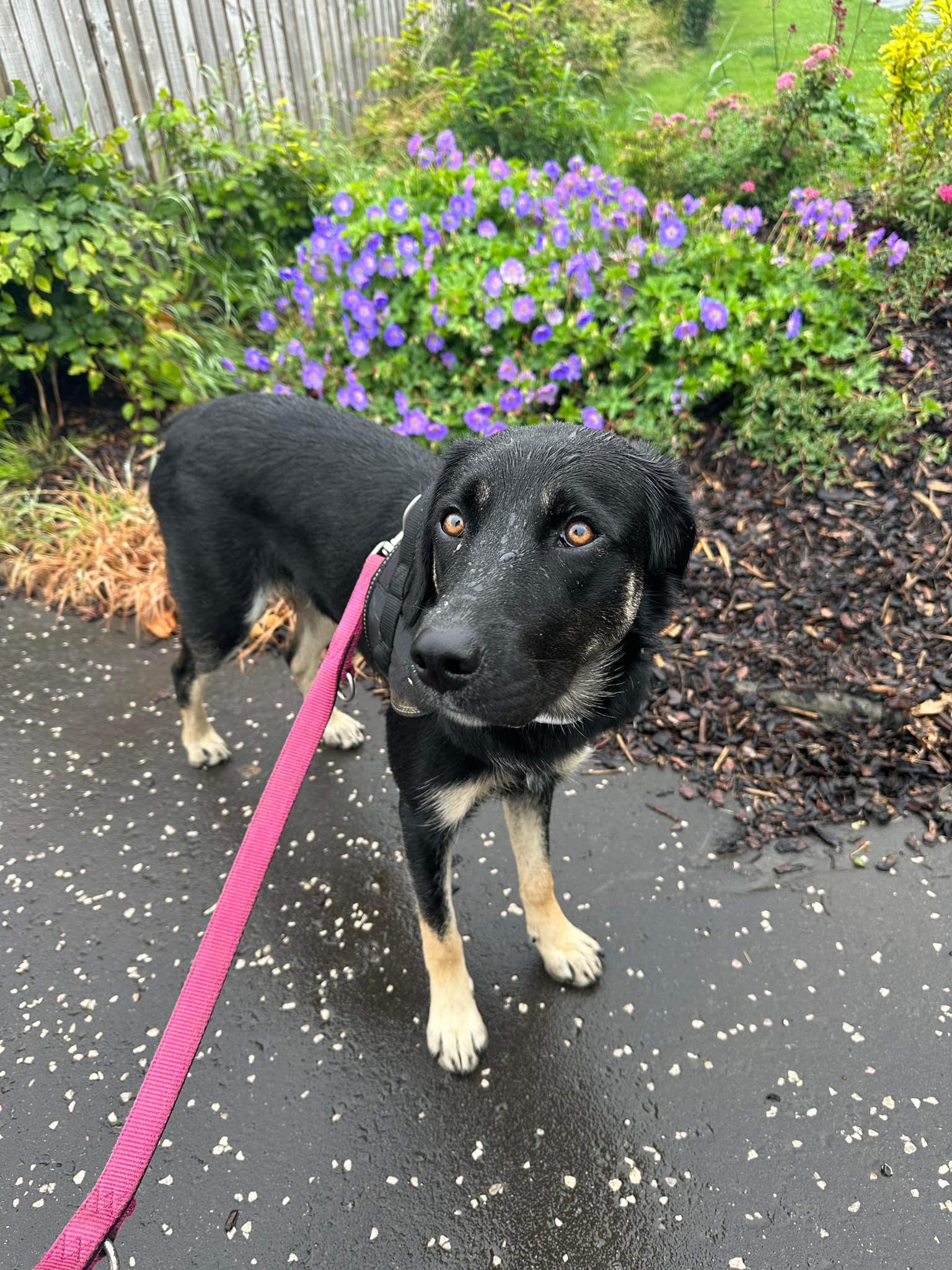Taking your furry friend for a walk is not only a great way to bond, it also provides essential exercise and mental stimulation for your dog.
However, it's important to remember that dogs communicate primarily through body language. By understanding and interpreting their signals, you can ensure a positive and enjoyable walking experience for both you and your canine companion.


In this post, we'll explore some key signs to watch for in your dog's body language during walks, helping you build a deeper understanding of their needs and emotions.
Tail Language:
1. A dog's tail can convey a range of emotions. A relaxed and wagging tail usually indicates a happy and content dog. On the other hand, a tucked tail suggests fear or anxiety. Pay attention to the height and speed of the wag as well. A high, fast wag usually indicates excitement, while a slow wag with a lowered tail might signal caution or uncertainty.
Ears and Facial Expressions:
2. Dogs' ears can be quite expressive. When your dog's ears are relaxed and in their natural position, it generally indicates a calm and content state. However, if the ears are pinned back against the head, it might suggest fear, anxiety, or submission. Similarly, observe your dog's facial expressions. Relaxed facial muscles and a slightly open mouth usually signify a relaxed and happy dog, while tense muscles, a closed mouth, or exposed teeth can indicate stress or aggression.
Body Posture:
3. A dog's overall body posture can provide valuable insights into their emotional state. A relaxed and loose body with a slightly curved back and a wagging tail indicates a friendly and happy dog. On the other hand, a stiff body, raised hackles, or a lowered head might suggest tension, fear, or aggression. Keep an eye out for signs of discomfort such as crouching, trembling, or trying to make themselves appear smaller, as these could be indications of anxiety.
Eye Contact:
4. Eye contact can be an essential aspect of communication between dogs and humans. While some dogs are comfortable with direct eye contact, others might find it intimidating or threatening. If a dog avoids eye contact by looking away or turning their head, it's best to respect their boundaries. On the other hand, prolonged and direct staring, especially with a tense body posture, can be seen as a challenge or a sign of aggression.
Interaction with the Environment:
5. Observe how your dog reacts to the environment during walks. A confident and relaxed dog will explore their surroundings with curiosity, sniffing the ground and investigating their surroundings. However, if your dog is constantly pulling towards or away from something, excessively barking, or showing signs of fear, it's important to acknowledge their discomfort and provide reassurance.


Understanding your dog's body language is crucial for effective communication and a positive walking experience. By paying attention to their tail, ears, facial expressions, body posture, eye contact, and reactions to the environment, you can better comprehend their emotions and respond accordingly.
Remember, each dog is unique, so it's important to consider individual differences and temperaments.
By becoming more attuned to your dog's body language, you'll foster a stronger bond and create a safe and enjoyable walking routine for both of you.
Happy walking! 🐕
However, it's important to remember that dogs communicate primarily through body language. By understanding and interpreting their signals, you can ensure a positive and enjoyable walking experience for both you and your canine companion.


In this post, we'll explore some key signs to watch for in your dog's body language during walks, helping you build a deeper understanding of their needs and emotions.
Tail Language:
1. A dog's tail can convey a range of emotions. A relaxed and wagging tail usually indicates a happy and content dog. On the other hand, a tucked tail suggests fear or anxiety. Pay attention to the height and speed of the wag as well. A high, fast wag usually indicates excitement, while a slow wag with a lowered tail might signal caution or uncertainty.
Ears and Facial Expressions:
2. Dogs' ears can be quite expressive. When your dog's ears are relaxed and in their natural position, it generally indicates a calm and content state. However, if the ears are pinned back against the head, it might suggest fear, anxiety, or submission. Similarly, observe your dog's facial expressions. Relaxed facial muscles and a slightly open mouth usually signify a relaxed and happy dog, while tense muscles, a closed mouth, or exposed teeth can indicate stress or aggression.
Body Posture:
3. A dog's overall body posture can provide valuable insights into their emotional state. A relaxed and loose body with a slightly curved back and a wagging tail indicates a friendly and happy dog. On the other hand, a stiff body, raised hackles, or a lowered head might suggest tension, fear, or aggression. Keep an eye out for signs of discomfort such as crouching, trembling, or trying to make themselves appear smaller, as these could be indications of anxiety.
Eye Contact:
4. Eye contact can be an essential aspect of communication between dogs and humans. While some dogs are comfortable with direct eye contact, others might find it intimidating or threatening. If a dog avoids eye contact by looking away or turning their head, it's best to respect their boundaries. On the other hand, prolonged and direct staring, especially with a tense body posture, can be seen as a challenge or a sign of aggression.
Interaction with the Environment:
5. Observe how your dog reacts to the environment during walks. A confident and relaxed dog will explore their surroundings with curiosity, sniffing the ground and investigating their surroundings. However, if your dog is constantly pulling towards or away from something, excessively barking, or showing signs of fear, it's important to acknowledge their discomfort and provide reassurance.


Understanding your dog's body language is crucial for effective communication and a positive walking experience. By paying attention to their tail, ears, facial expressions, body posture, eye contact, and reactions to the environment, you can better comprehend their emotions and respond accordingly.
Remember, each dog is unique, so it's important to consider individual differences and temperaments.
By becoming more attuned to your dog's body language, you'll foster a stronger bond and create a safe and enjoyable walking routine for both of you.
Happy walking! 🐕





